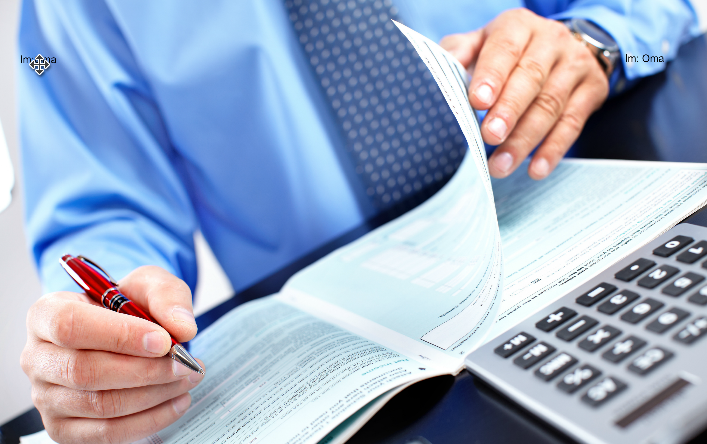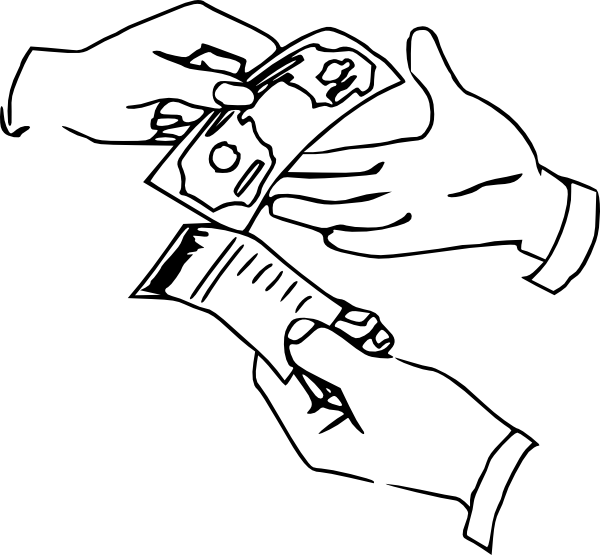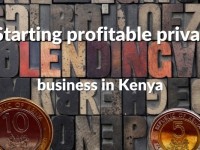Have you been reading our series of business ideas articles? Well, we hope you have already found that one idea that you would like to turn into a business. Congratulations! But before you rush to invest there is just one more thing you need to do – a FEASIBILITY STUDY.
What is a Feasibility Study?
A feasibility study is simply an assessment of the practicality of your proposed business idea. For instance, if your business idea is about Watermelon farming then your feasibility study will involve determining the capital requirements, competition and market availability.
For example, if you are a farmer in Kilifi, Kenya, you will want to understand the market situation for your cashew nuts business. Likewise, if you are preparing to start a milk supply business in Nairobi you have to get the inside scoop of the business before you start.
This is the most important study you’ll ever have to do in your life. And you don’t have to hire an expert to do it for you…we’ve broken it down into three super easy steps.
Step One: Analyze The Business Idea
This should always be the very first stage of your study. Look objectively at your idea and determine how lucrative it is. This is how you do it:
1.Potential Market Size
Let us say you have picked the idea of supplying kerosene lamps. At this stage, you need to ask yourself if there is market for your commodity and if yes, how big it is.
2.Competitive Advantage
What makes you a worthy competitor in the market? Do you have more experience than other players in the industry? In other words you want to figure out what makes you unique in a potentially crowded market place. Also, find out if anyone else have tried your idea, and if they failed – why?
3.Assess Capital Requirements
Luckily for you, Kuza Blog gives a rough breakdown and capital estimate for each idea. But besides that, you need to do your own research to get the real picture. Keep a small notebook where you can note all the specific cost outline down.
Step Two: A Deeper Analysis of the Market
Now that you are satisfied that your idea is a good one, it’s time to take a closer look at the market. You goal at this stage is to determine what exactly the market needs and how they want it done.
1.Find the Differentiating Factor
A differentiating factor is simply that one thing that makes you attractive to customers. Ask yourself, why will customers want to purchase my product or service instead of my competitors?
Is it because I can deliver faster than others or is it because I have better pricing methodology? What gap have your competitors left so you can fill? Once you add a differentiating factor to your product or service, you will have an easier time penetrating the market.
2.Market Barriers Analysis
A market barrier is something that prevents you from entering a certain field of business at any one time. For instance, there is a barrier to starting a chemist shop since you have to get the approval of the Pharmacy and Poisons Boards. Look within your industry and see if there are any barriers that bar you from entering. Luckily, most business fields don’t have barriers to entry.
3.What Makes Your Competitors Successful?
In every business there are competitors and learning what makes them successful is the surest way to get an inside scoop of the market conditions of your idea. So once again, keep a closer eye on your potential competitors so you can fine-tune your game-plan.
Step Three: Financial Feasibility Analysis
By now, given that you’ve done idea analysis and a bit of market survey, we assume you have sufficient information on the nitty-gritty of running your small business. So let’s now show you how to do the very last stages of a feasibility study.
1.Estimate The Start-up Cost
The start-up cost comprises the cost of setting up the business (e.g. renting a room, painting it, branding it etc.) and the initial working capital (i.e. the money you put into the business). Determine if your savings will be sufficient to start the business. If not, then look for a loan.
Basically, the entire cost of starting up should be made up of:
-Cost of setting up the shop/office/working area
-Cost of buying new equipment (e.g. popcorn machine, printer, wheelbarrow etc.)
-Cost of acquiring licenses and certificates (e.g. Single business permit, hygiene certificates among others)
The working capital comprises of:
-Cost of buying raw materials (e.g. braids for a salon, grocery for a restaurant etc.) and other ingredients
-Cost of initial promotion of the business (For instance, you can choose to start your business with an offer price)
-If you are going to hire any members of staff, you might incur some amount to train them
-How Viable Is My Business Idea?
An idea is only viable if and only if (1)There is market for it (2)You have figured out how to finance it either through your savings or loan (3)You have a differentiating factor that sets you ahead of the competition (4)You are passionate about it (5)You are ready to be patient with it.
Keep in mind that some ideas may not be as lucrative from the onset. In fact in some cases you may even have to wait for 2 years in order for your business to start repaying you.
Final Word;
Before you invest your money in any business idea, it is always wise to do a feasibility study. Sometimes this small measure of security can help you save a lot of cash that would otherwise be wasted chasing the wind – like most people do!






















